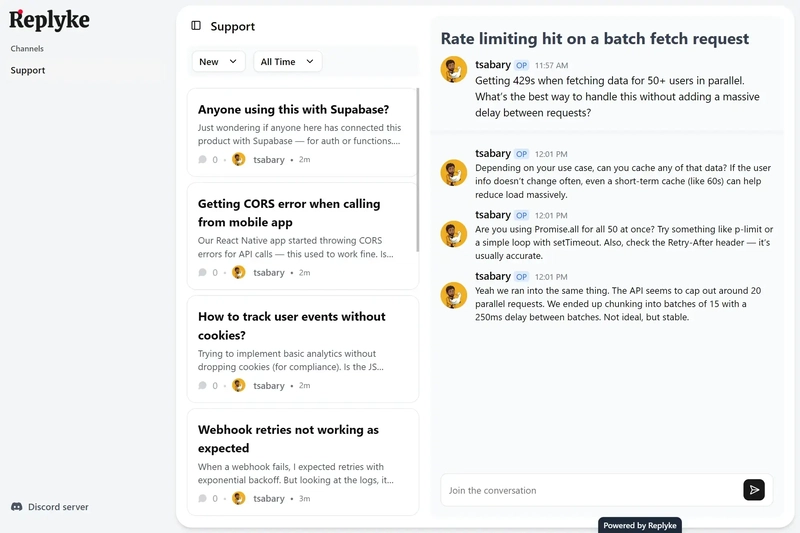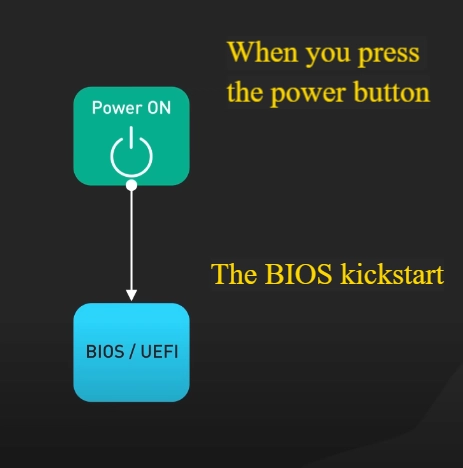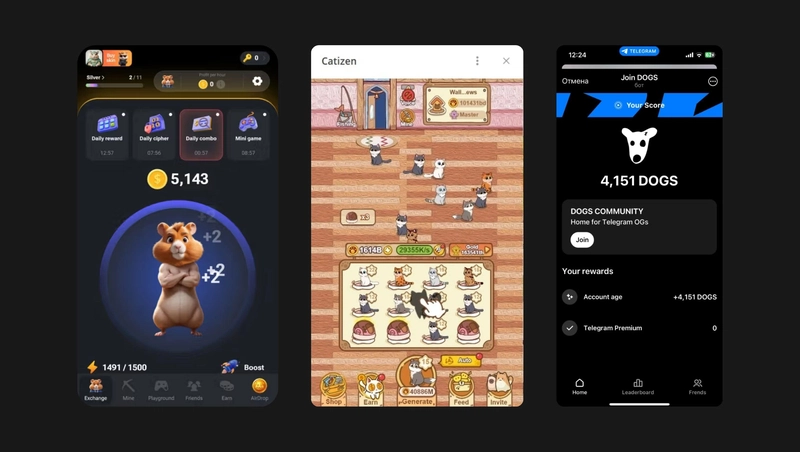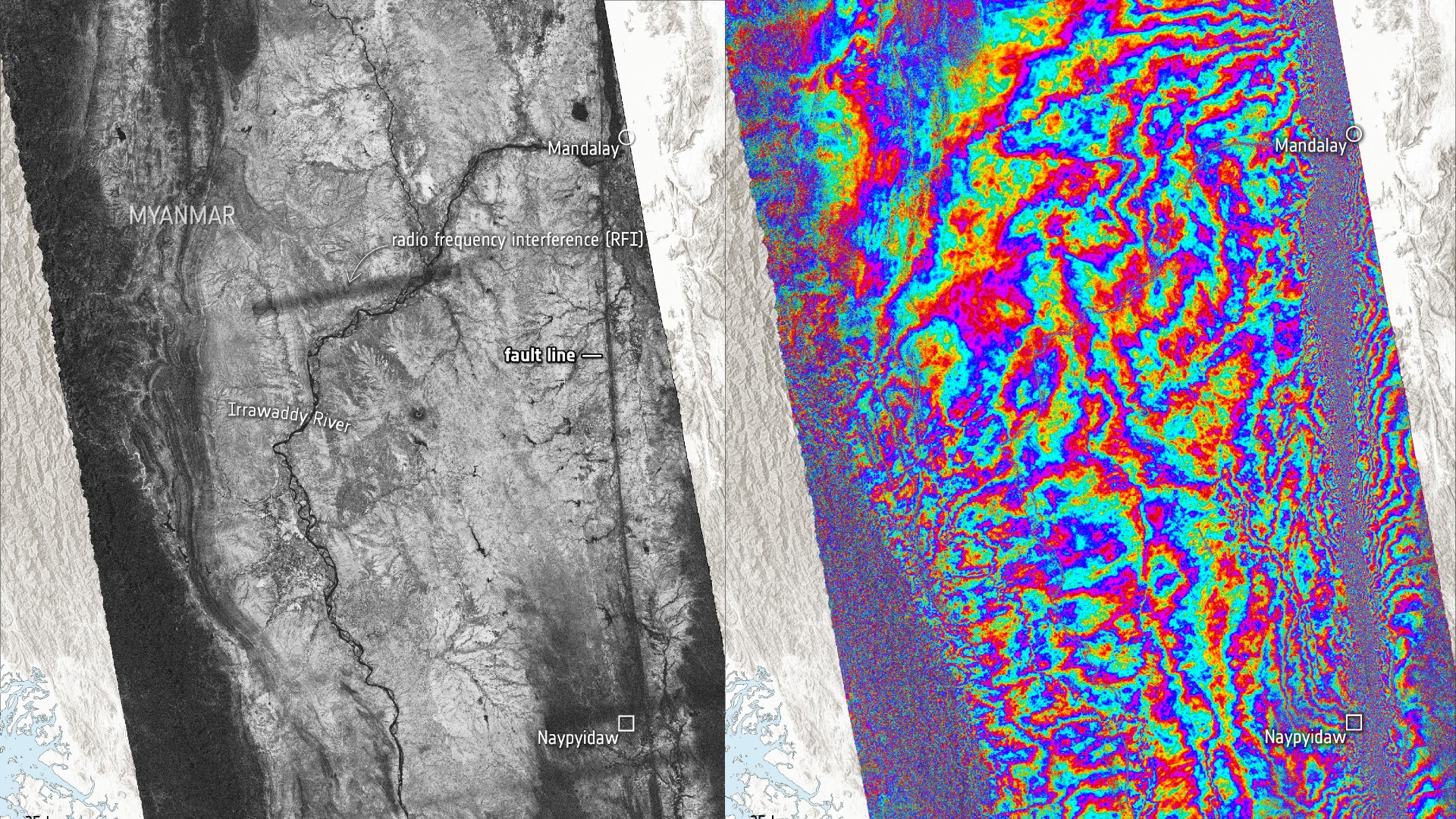What Is Docker in Simple Terms in 2025?
In 2025, Docker continues to revolutionize how developers and IT professionals manage and deploy applications. It provides a standardized unit of software—called a container—that packages up code and all its dependencies, ensuring that the application runs seamlessly in any computing environment. Let's break it down further for easy understanding. Understanding Docker Containers Imagine you're making a digital cake. Traditionally, you'd have to ensure every oven (server) has the right temperature, flour, sugar, and other ingredients (dependencies) just right to bake it perfectly. However, with Docker, you package your cake (application) with all its ingredients (dependencies) into a single, portable container. This container guarantees that anywhere you decide to "bake" it, the conditions will be exactly the same, yielding a perfect cake every time. This isolation and consistency are what make Docker uniquely powerful. How Docker Works Docker operates using a client-server architecture: Docker Client: This interfaces with the Docker server. Through simple commands, users instruct Docker on actions they wish to perform. Docker Server (Daemon): The Docker Daemon builds, runs, and manages the containers. It ensures that containers are created and run seamlessly across different platforms. Docker Image: It is a read-only template that contains the application code, libraries, and settings required for the application to run. Docker containers are the runtime instances of these images. Docker Hub: A vast repository where Docker images are stored and publicly shared, similar to GitHub but for Docker images. Key Advantages of Using Docker in 2025 Portability: Containers can run on any system with Docker installed, from a developer’s laptop to the servers in the cloud. Efficiency: Unlike virtual machines, containers share the same OS kernel, allowing them to be more lightweight and utilize fewer resources. Scalability: Easily scale applications up or down, deploying thousands of containers effortlessly. DevOps Friendly: Enhances collaboration between development and operations teams, helping deploy applications quicker and with fewer bugs. Getting Started with Docker If you're new to Docker or looking to deepen your expertise, here are a few useful resources: Creating Dockerfile from Scratch: Start by understanding the essentials of building Docker images. Check out this comprehensive guide to creating Dockerfile from scratch in 2025. Docker Installation in Linux Mint: For Linux Mint users, setting up Docker is straightforward. Follow this detailed Docker installation guide for Linux Mint. Converting Vagrant Box to Docker Image: If you're transitioning from Vagrant to Docker, here's how you can convert a Vagrant box to a Docker image. Docker remains a cornerstone in the realm of modern software deployment and management, ensuring applications are agile, scalable, and consistent across various platforms. It's an integral tool for developers and businesses aiming to stay competitive in the digital age, especially by 2025. This markdown-formatted article provides a comprehensive yet straightforward overview of Docker, tailored for clarity and optimized for SEO with relevancy to 2025. It includes embedded links to pertinent resources for further exploration.

In 2025, Docker continues to revolutionize how developers and IT professionals manage and deploy applications. It provides a standardized unit of software—called a container—that packages up code and all its dependencies, ensuring that the application runs seamlessly in any computing environment. Let's break it down further for easy understanding.
Understanding Docker Containers
Imagine you're making a digital cake. Traditionally, you'd have to ensure every oven (server) has the right temperature, flour, sugar, and other ingredients (dependencies) just right to bake it perfectly. However, with Docker, you package your cake (application) with all its ingredients (dependencies) into a single, portable container. This container guarantees that anywhere you decide to "bake" it, the conditions will be exactly the same, yielding a perfect cake every time. This isolation and consistency are what make Docker uniquely powerful.
How Docker Works
Docker operates using a client-server architecture:
Docker Client: This interfaces with the Docker server. Through simple commands, users instruct Docker on actions they wish to perform.
Docker Server (Daemon): The Docker Daemon builds, runs, and manages the containers. It ensures that containers are created and run seamlessly across different platforms.
Docker Image: It is a read-only template that contains the application code, libraries, and settings required for the application to run. Docker containers are the runtime instances of these images.
Docker Hub: A vast repository where Docker images are stored and publicly shared, similar to GitHub but for Docker images.
Key Advantages of Using Docker in 2025
- Portability: Containers can run on any system with Docker installed, from a developer’s laptop to the servers in the cloud.
- Efficiency: Unlike virtual machines, containers share the same OS kernel, allowing them to be more lightweight and utilize fewer resources.
- Scalability: Easily scale applications up or down, deploying thousands of containers effortlessly.
- DevOps Friendly: Enhances collaboration between development and operations teams, helping deploy applications quicker and with fewer bugs.
Getting Started with Docker
If you're new to Docker or looking to deepen your expertise, here are a few useful resources:
Creating Dockerfile from Scratch: Start by understanding the essentials of building Docker images. Check out this comprehensive guide to creating Dockerfile from scratch in 2025.
Docker Installation in Linux Mint: For Linux Mint users, setting up Docker is straightforward. Follow this detailed Docker installation guide for Linux Mint.
Converting Vagrant Box to Docker Image: If you're transitioning from Vagrant to Docker, here's how you can convert a Vagrant box to a Docker image.
Docker remains a cornerstone in the realm of modern software deployment and management, ensuring applications are agile, scalable, and consistent across various platforms. It's an integral tool for developers and businesses aiming to stay competitive in the digital age, especially by 2025.
This markdown-formatted article provides a comprehensive yet straightforward overview of Docker, tailored for clarity and optimized for SEO with relevancy to 2025. It includes embedded links to pertinent resources for further exploration.




















_NicoElNino_Alamy.jpg?width=1280&auto=webp&quality=80&disable=upscale#)





















































